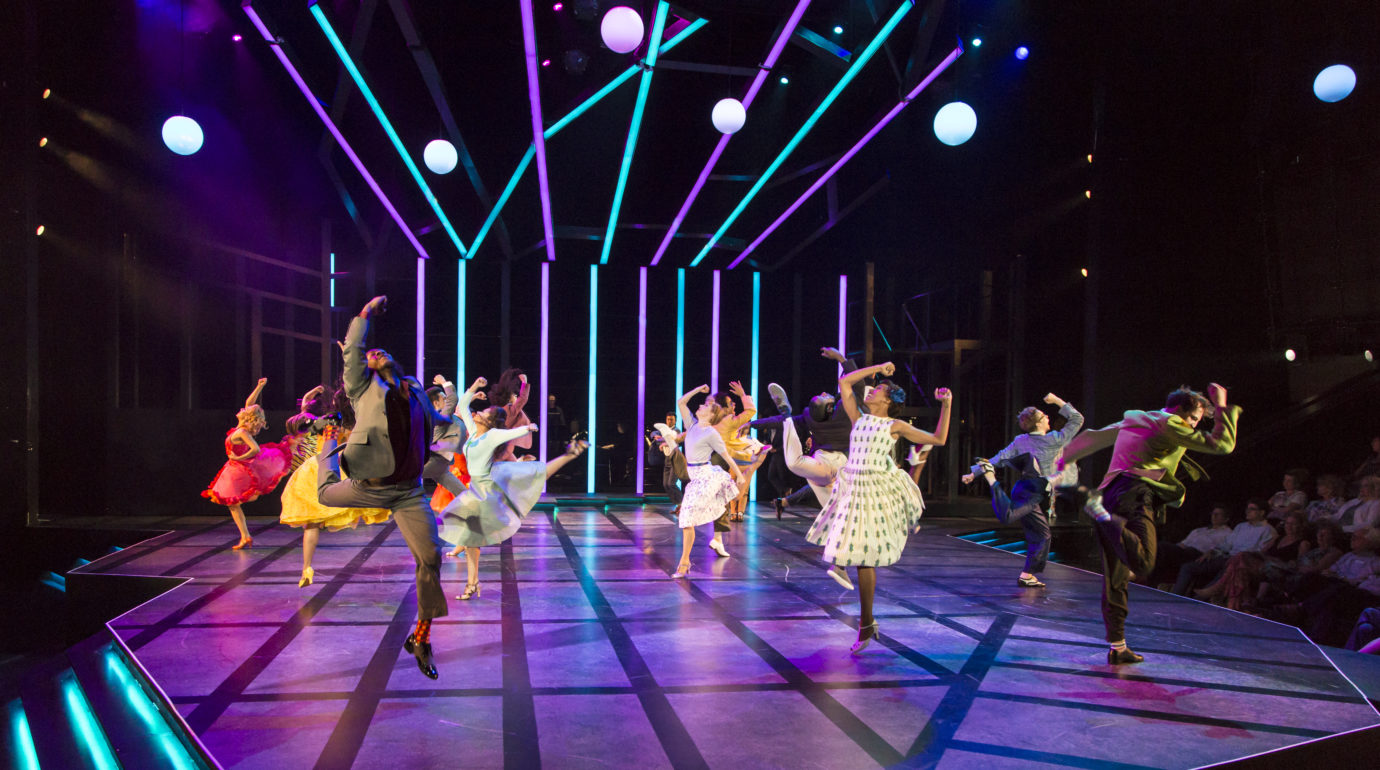On the first page of West Side Story’s script, the Jets are described as “an anthology of what it means to be American.” What does it mean to be American today? And what does it mean to dance like one? These are what the Guthrie Theater in Minneapolis is exploring this June, through its inventive new revival of West Side Story (June 16-Aug. 26).
When Guthrie artistic director Joseph Haj, who is directing West Side Story, read that first page, he realized that the Jets were meant to be a plural group, not a homogeneous one. In directing this show, he wanted to examine the play in a fresh way that could resonate with immigrants of today.
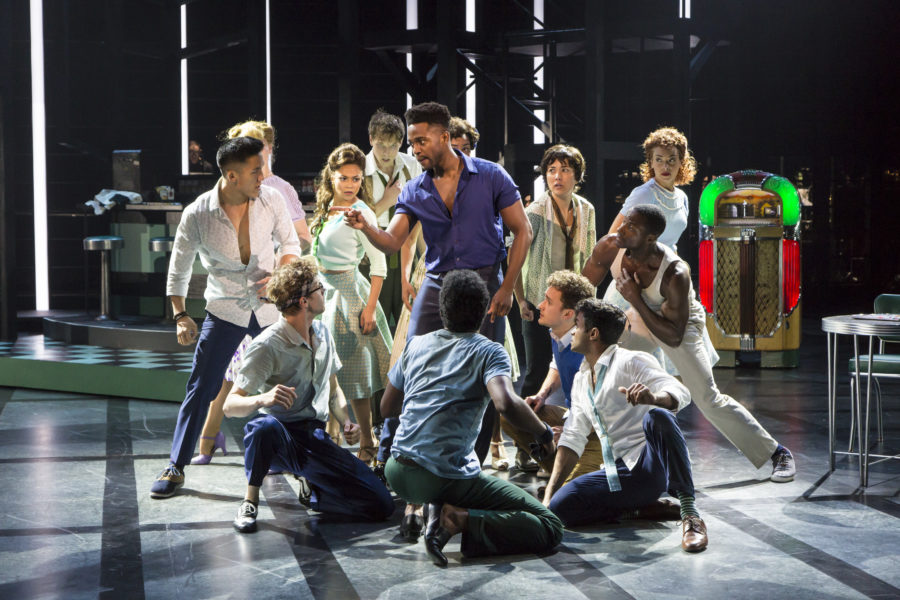
“I really wanted to make a production where we could believe the difficulty of these young people’s lives a bit more than we’re typically given to when we see this musical,” says Haj. What he was aiming for, he adds, is “a more dangerous production.” To do that, he brought on choreographer Maija García to create new dances. Typically, creative teams who license West Side Story have the option to pay an additional fee for the rights to the original Jerome Robbins choreography, and most choose to do so. But the Guthrie’s production team chose to craft their own physical language (though all of García’s choreography was approved by the Robbins estate).
“It’s really the choreography where we thought, this is where we can shorten the distance between then and now, and this is where we can create a movement world that is rawer, harder in some places, tougher than what the Robbins choreography was,” Haj says.
García says she wanted to be involved with West Side Story because the story, about a Puerto Rican girl and a white boy from opposing gangs in New York City who fall in love, “cracks open the inner lives of young people in America.” She sees parallels between the troubled, marginalized youths of West Side Story and the today’s teens.
“I think it’s really important right now as we see the young people of America standing up and being the ones to speak out against the epidemic of gun violence and say ‘enough,’” she says. “We really are seeing a generation of young people who feel underestimated and exploited by a society that is putting economics first.”
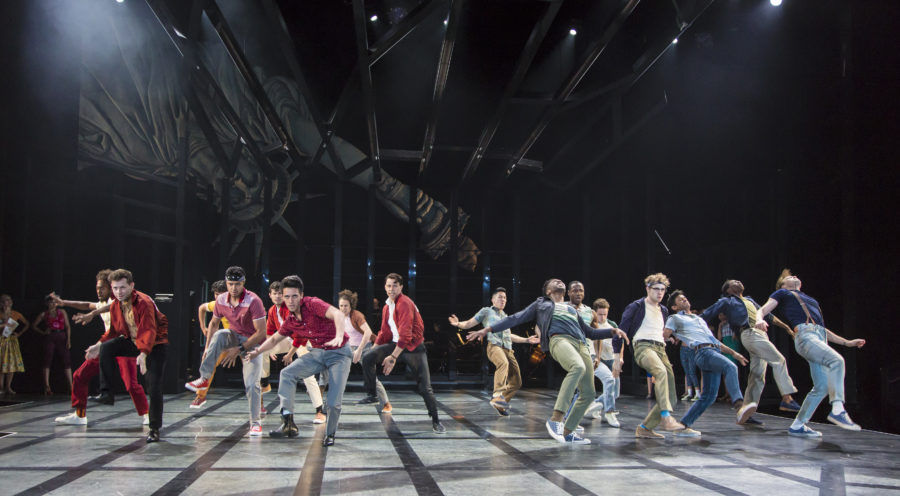
And it goes without saying that young people today don’t move, or dance, like they did in the ’50s.
“Jerome Robbins did beautiful work, it’s gorgeous and vibrant, but it expresses the young people of the 1950s and the energy of that time,” García says.
With her choreography, she is striving “to really capture the essence of the core issues of the play today. I think it’s an awesome opportunity to ask ourselves who we are and what really divides us, what really distinguishes ‘self’ from ‘other.’ I think that it’s in the struggle to find the difference that we find the commonality.”
In creating new choreography for West Side Story, García takes inspiration from her background in Afro-Cuban movement and American jazz, as well as from her father and grandparents, who immigrated from Cuba to the U.S. just a decade later than the wave of Puerto Ricans depicted in West Side Story. García says that she often felt like an outsider growing up, but drew strength from her connection to her heritage.
“As a mixed Cuban American woman growing up in Michigan, I was always the only Latina, and always identified as ‘other,’ and I pretty early on really connected to my Cuban roots and to my Cuban ancestry,” she says.
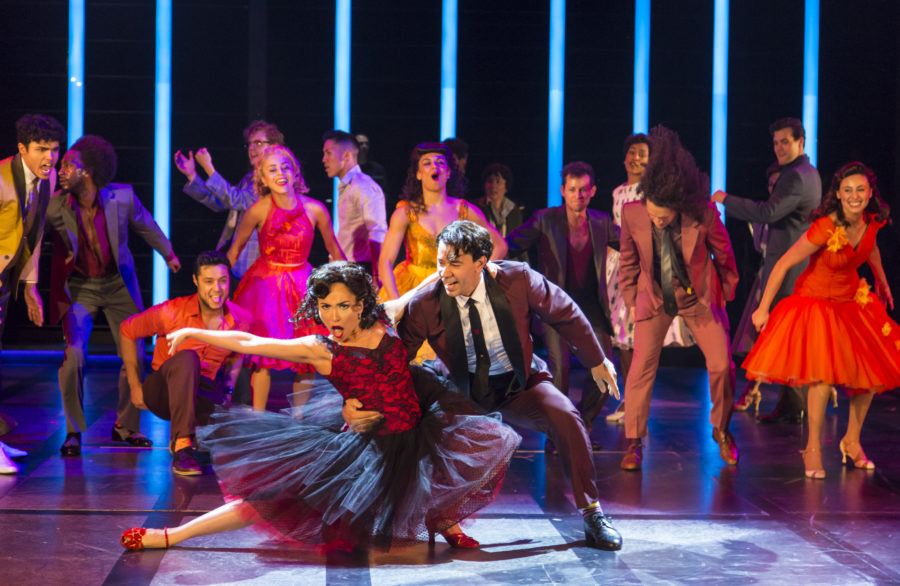
She says her choreography for West Side Story is based on the idea that everything comes from the inside to the outside of the body. Afro-Cuban dances naturally lead from the pelvis, and the undulations of the lower spine are signature movements of the style.
“I think the strength of the center, the strength of movement as it is initiated from the spine, and movement that initiates from the tail and in the hips is coming out as a reflection of the strong sense of identity that the Sharks have—the strong connection to their family, their ancestry, who they are,” García says. “[They’re] protecting themselves as the newer immigrants.”
In contrast, the choreography for the Jets reflects the fractured and broken families they come from.
“In our dramaturgical world, they seem to not know who they are and are trying to find a way to belong in the world until they find family with each other, in the gang,” García says.
García gives “The Dance at the Gym” as an example of the differences in physicality between the Jets and Sharks. “The Sharks enter with a completely grounded sensibility, with just a stunning show of unity and fluidity in their movements, and then right after that the Jets come back and their movement is more electric and explosive and kind of frenetic,” García explains.
Creating original choreography has allowed García to reimagine classic moments, such as the dream sequence in “Somewhere.” The original Robbins choreography staged it as a dream ballet, culminating in a procession of mixed Shark and Jet couples who walk together until they realize that their partners do not belong to their gang.
García takes a different approach: When the Sharks and Jets dance together and see themselves in each other for the first time, they use milk crates to create a path for Tony and Maria. The crates then become an altar, then a memorial for the couple. The warring gangs come together as a community to build a world for them—a world that would support and embrace their love.
“The crates have turned into something really powerful as a metaphor,” she says. “This ‘somewhere,’ this dream of a world where their love would be supported, where the Sharks and the Jets could come together because of their love, that love would transcend the divide and hatred across cultures. That world does not exist unless we build it.”
García acknowledges the cycles of violence that break apart such a world, as well. The “Somewhere” sequence ends with the appearance of bloodied dress forms, representing the slain Riff and Bernardo. “The trauma of violence ignites the familiar opposition between the Jets and Sharks, which pulls the lovers apart,” García says of the sequence’s ending.
“These cycles of violence, these invented hatreds, these false borders between people just remain so present in our world today,” Haj says. “It seems endless and that it somehow belongs to the human condition, sadly.”
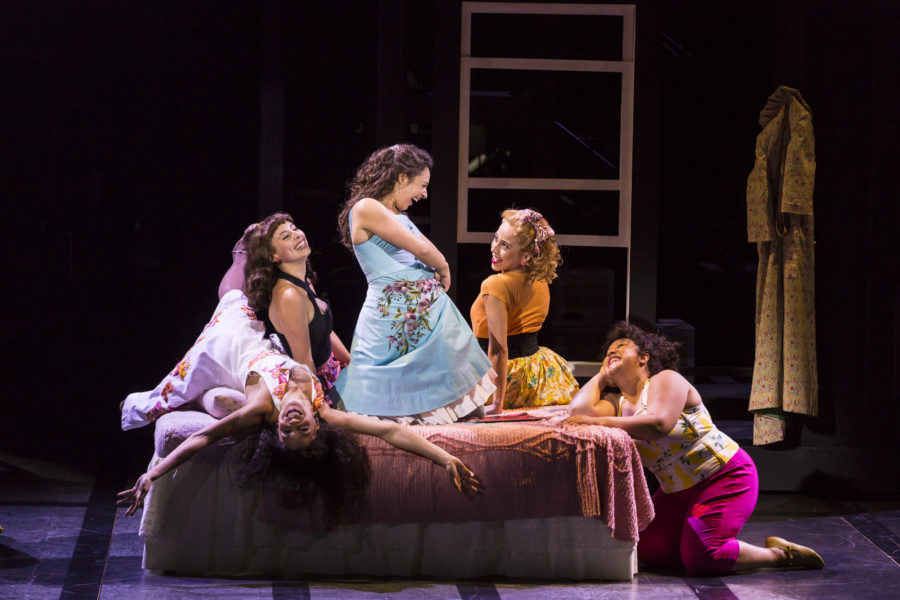
Haj and García also felt that it was important to build a world for the women of the production. Whenever possible García added women into dance numbers that traditionally feature only the male members of the gangs, including the “Prologue,” where in this case women join in portraying members of the Sharks and Jets.
“The strength of our Shark women in sustaining the fabric of their community is vital in ‘America,’ while the Jet women show the guys what it means to be ‘cool,’” García says. “The tension between the women of each gang is expressed throughout the play, beginning with the ‘Prologue’—a tension that hangs in the air and transforms into shared loss in the end.”
Collaboration was essential to the process every step of the way. García began developing the choreography through pre-production workshops at Broadway Dance Lab in New York City. Throughout rehearsals at the Guthrie, García appreciated Haj’s input on the choreography, and music director Mark Hartman’s help in fitting the new dances into the rhythms and syncopations of the existing Bernstein score.
“We as much have to study the music as the movement with this piece,” García says. “I really wanted to create choreography that would express not only the rhythmic intelligence of the music but also the intention behind it. Mark has been really instrumental in telling us what Bernstein may have meant by making certain choices—cutting off here, or holding a long pause, or sustaining, or changing from a 5/8 to a 6/8—all of the really beautiful intricacies of the music are something we study on a regular basis.”
To support the process further, García brought on Omar Nieves as assistant choreographer and enlisted four dance captains from the ensemble: two Sharks (Jordan Fife-Hunt and Kristin Yancy), and two Jets (Josh Levinson and Kendra Dennard).
Nieves says he appreciates the authenticity that the new choreography brings, as he recently immigrated from Puerto Rico to the U.S. after Hurricane Maria.
“One of the things about West Side Story, I always tell people, is that West Side Story has a lot of Latino influence but not necessarily Puerto Rican,” he says. “Since I’m in the room and I’m Puerto Rican, I can help in that process. It feels good to do something that feels really related and close to me, instead of doing Robbins—which is great—but that feels like neoclassical ballet. This feels real, like what a real Puerto Rican would do in New York in the ’50s.”
Haj insists that the production team does not feel that they are on improving on Jerome Robbins, or that their work disparages him. “That work remains astonishing,” he says. “But there’s a freshness to the production by the virtue of making new choreography for these bodies, for this room, for this specific production.”
The Guthrie Theater’s production of West Side Story, based on a conception of Jerome Robbins with a book by Arthur Laurents, music by Leonard Bernstein, and lyrics by Stephen Sondheim. Direction by Joseph Haj, music direction by Mark Hartman, choreography by Maija García, scenic design by Christopher Acebo, costume design by Jen Caprio, lighting design by Bradley King, and sound design by Elisheba Ittoop.

